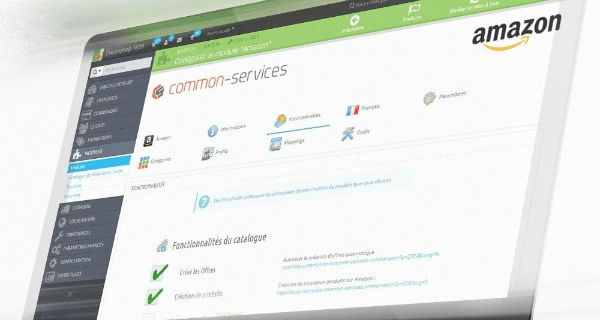
For the first time since its opening, Amazon, the biggest global e-retailer, enters the world’s retailers top ten overcoming the German company Metro. This is due to Amazon’s 2015 turnover: $79,3 billion with a rise of more than 13%. This clearly means that consumption is shifting from physical shops to online retailers. That’s what the 20th edition of Deloitte’s “Global Powers of Retailing 2017” survey shows. Deloitte analysed the results of the annual exercise made public by 250 biggest world’s retailers until 30 June 2016. Amazon is breathing down British giant Tesco‘s neck ($81 billion) and is close to German discounter Aldi ($82 billion) and French Carrefour ($84,8 billion).
THE RANKING – The first Italian retailers to appear in Deloitte’s global ranking are Coop and Conad, in 76th and 77th place respectively, then comes Esselunga in 125th place. Eurospin performance has improved a lot: it has moved up 26 notches reaching 188th place. The first three places of the ranking are for USA retailers. Walmart confirms itself as the world leader with sales of $482 billion (-0,7% on the previous year) and it also comes in fourth place as an e-retailer with $13,7 billion (+12,3%). Considering European giant retailers, German Schwarz confirms itself in fourth place, Carrefour in seventh place while Tesco loses four positions and is now in ninth place. Compared with the previous report, eight European retailers have gone out of the ranking as they have been replaced by six Asian retailers, a retailer coming from the Africa/Middle East area and another North American company. Not forgetting that some “smaller” chains like Carrefour, Auchan and Ahold are still the most internationalised. To create value, it is more and more vital the continued pursuit of a customer-oriented approach by supporting him in the purchase process – states Ernesto Lanzillo, Deloitte’s Senior Partner and Member of Management Board. A glance at multi-channel sales confirms that Italian customers look at the web as the best means to consider and compare the prices of goods they want to buy.
